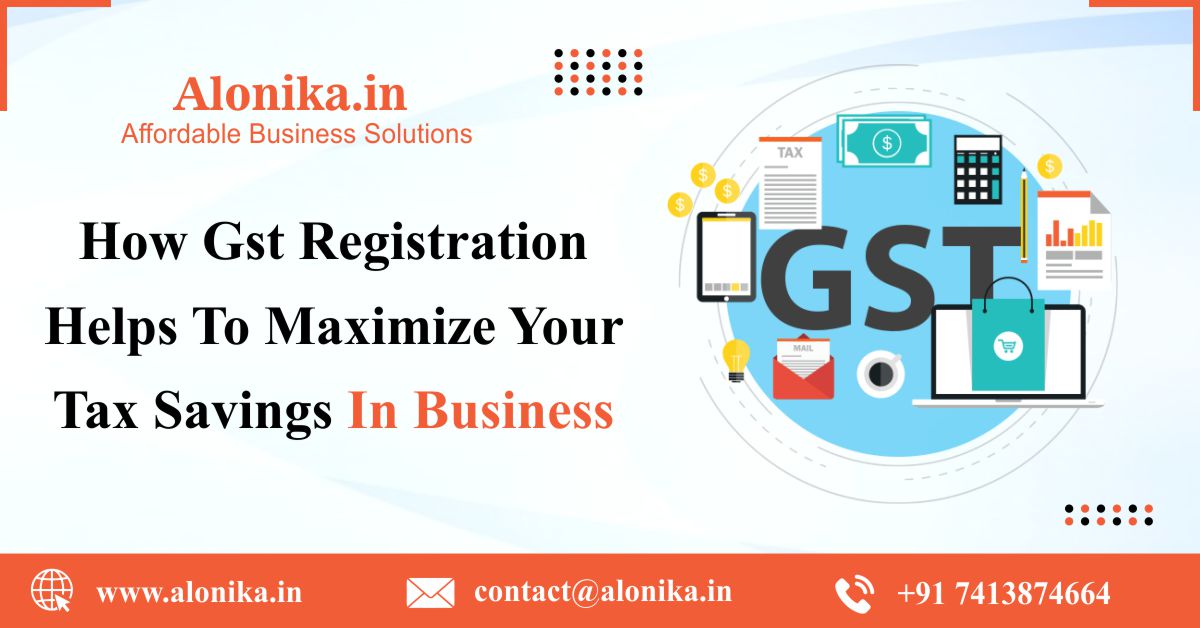The Ultimate Overview to Streamlining the GST Registration Refine and Requirements for Local Business Owners

Understanding GST Fundamentals
To realize the fundamentals of the Goods and Services Tax Obligation (GST) system, tiny organization owners have to first understand its underlying concepts and ramifications. Under the GST regimen, businesses are called for to sign up and gather tax on behalf of the government, making certain openness and conformity.
One of the key principles of GST is input tax obligation credit, which enables organizations to declare credit scores for tax obligations paid on their acquisitions. Recognizing these fundamental concepts is vital for small business proprietors to browse the intricacies of the GST system and make certain conformity with the law.
Eligibility Standards for Enrollment
Having actually established a fundamental understanding of GST concepts, small service proprietors need to now meet particular qualification standards to proceed with the registration procedure. In India, entities participated in the supply of items or solutions with a yearly accumulation turnover exceeding Rs. 40 lakhs (Rs. 10 lakhs for special category states) are required to sign up for GST. In addition, particular businesses such as those associated with inter-state supply of items, informal taxed individuals, and those needed to pay tax obligation under the reverse cost system need to sign up for GST irrespective of their turnover. Companies that were signed up under the previous tax routine (BARREL, service tax, and so on) are also mandated to register under GST. Nevertheless, agricultural organizations that just provide produce out of key manufacturing are excluded from GST registration. It is vital for company owner to very carefully assess their qualification based upon these standards to guarantee compliance with the law and avoid any penalties for non-compliance.
Documents Needed for GST Registration

Simplified Enrollment Process Actions
Complying with the collection and verification of the requisite papers, the registration procedure for GST can be browsed through a collection of streamlined actions created to help with efficient conformity for little company proprietors. The primary step entails checking out the GST portal and picking the 'New Registration' alternative. Consequently, the applicant has to fill out Part A of the GST REG-01 kind with details such as frying pan, mobile number, and email address to obtain an OTP for confirmation. When the OTP is received and gotten in, a Short-lived Recommendation Number (TRN) is created for more proceedings. The following action calls for filling out Component view B of the form with necessary organization details, publishing sustaining documents, and finishing the confirmation process using DSC or EVC. Upon effective verification, an Application Reference Number (ARN) is released, showing the conclusion of the GST enrollment procedure. By adhering to these streamlined steps, small company owners can effectively register for GST and make certain compliance with tax obligation regulations.
Tips for Ensuring Compliance
To preserve governing adherence and functional integrity, thorough oversight and aggressive measures are critical in making sure compliance with GST requirements for little company proprietors. Tiny business owners should remain updated with GST laws, submitting target dates, and any changes in tax rates to stay clear of charges and maintain a good standing with tax authorities. Participating in GST understanding workshops or training programs can enhance understanding and compliance with GST regulations, ultimately profiting the business in the long run.
Verdict
Finally, small business owners must understand the essentials of GST, fulfill the qualification standards, gather necessary documents, and adhere to the simplified enrollment process webpage steps to make certain conformity. By streamlining the GST registration procedure and needs, tiny business owners can avoid charges and operate their organizations efficiently within the legal structure - Singapore GST Registration. It is vital for small company owners to remain informed and compliant with GST guidelines to maintain a successful service procedure
Tiny service proprietors seeking GST enrollment must guarantee they collect and submit the necessary papers to finish the registration procedure efficiently. The papers needed for GST enrollment typically include evidence of business enrollment or incorporation, PAN (Long-term Account Number) card of the organization address, identification and entity proof of the promoters/partners/directors, photographs, address proof of the location of company, bank account declarations or canceled cheques, and permission types. Attending GST awareness workshops or training programs can enhance understanding and conformity with GST guidelines, inevitably profiting the organization in the lengthy run.
By streamlining the GST enrollment process and requirements, small company owners can stay clear of fines and operate their organizations smoothly within the legal structure. It is essential for tiny business proprietors to remain enlightened and compliant with GST regulations to maintain an effective organization operation.